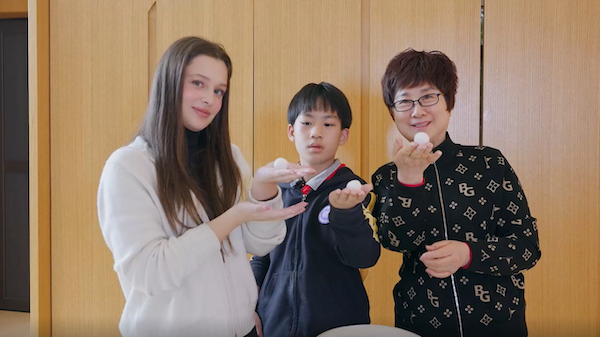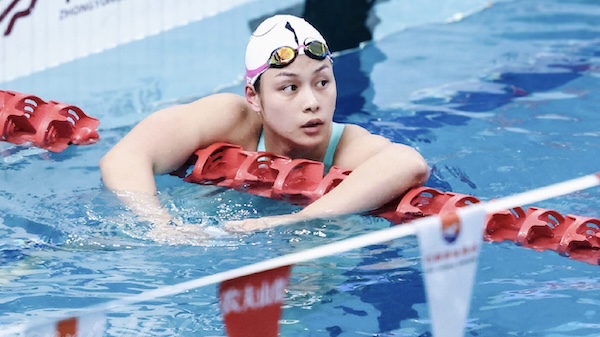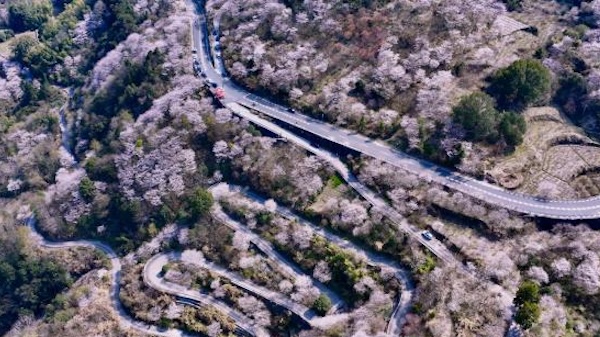County uses blue carbon trading to offset emissions
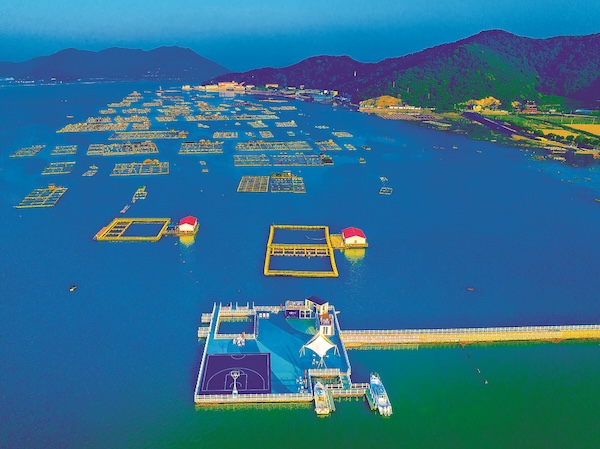
Environmentally friendly composite materials such as carbon fiber are used to replace wooden and foam fishing pontoons in Xiangshan's Huangbi'ao township. PROVIDED TO CHINA DAILY
Coastal Xiangshan county in Zhejiang province has turned to blue carbon trading to use the power of the market to mitigate carbon emissions and make a profit.
Zhu Wenrong founded Xiangshan Xuwen Seaweed Development Co in 2008. It now accounts for about 75 percent of all sales of moss in China.
Moss, seaweed and kelp, which are widely grown in the coastal areas of Zhejiang, can effectively absorb carbon dioxide. As part of the company's efforts to help China reach its goals of carbon peaking and carbon neutrality, Zhu and his company teamed up with the local government in 2020 to calculate just how much carbon the local algae companies collectively absorb.
Based on this, a blue carbon auction was held in Xiangshan on Feb 28, last year, the first of its kind in China. A local manufacturing company won the bid to expand its carbon sink.
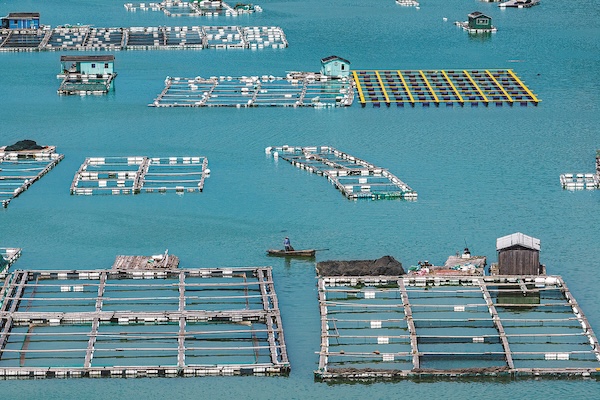
Environmentally friendly composite materials such as carbon fiber are used to replace wooden and foam fishing pontoons in Xiangshan's Huangbi'ao township. PROVIDED TO CHINA DAILY
Jointly built by Ningbo Property Exchange Center, Xiamen Property Rights Trading Center and the Xiangshan local government, a cross-provincial blue ecological carbon account was launched in Xiangshan in March. The account mechanism is responsible for the registration, trading, cancellation and application of blue carbon ecological products.
The financial incentives of blue carbon trading have interested the county's algae farmers, Zhu said.
More financial products, such as carbon insurance, can be derived from blue carbon trading, he said, adding that as a result, more eco-friendly materials are being used in fish farming, another local industry.
In 2021, Huangbi'ao township in Xiangshan piloted the replacement of traditional wooden and foam pontoons used in fish farming with environmentally friendly composite materials such as carbon fiber and polyethylene.
As a result, up to 20 percent of breeding space has been saved while the survival rate of fish fry has been lifted by 15 percent. These simple environmental steps have helped profits reach 600 yuan ($83) per square meter, up from 200 yuan per sq m, a local official said.
shijing@chinadaily.com.cn

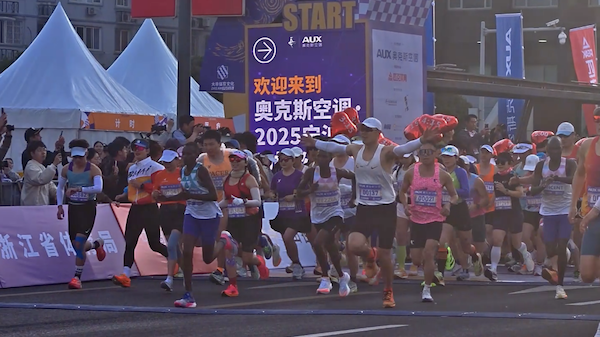 Voices from starting line
Voices from starting line
 China welcomes global travelers with open arms
China welcomes global travelers with open arms
 Kharitonova's running story in Ningbo
Kharitonova's running story in Ningbo
